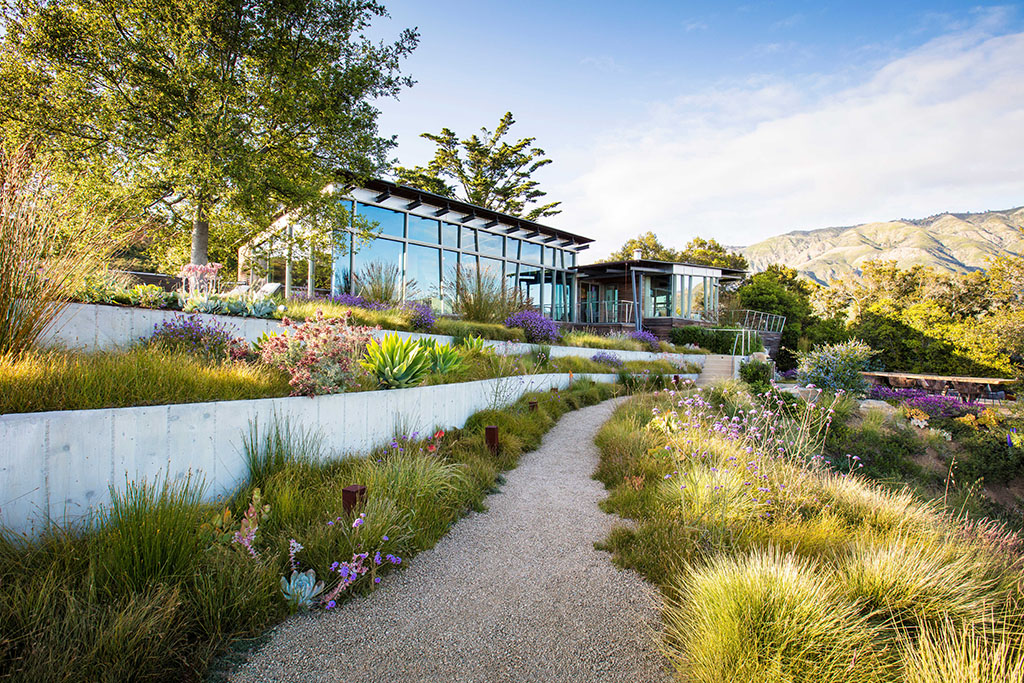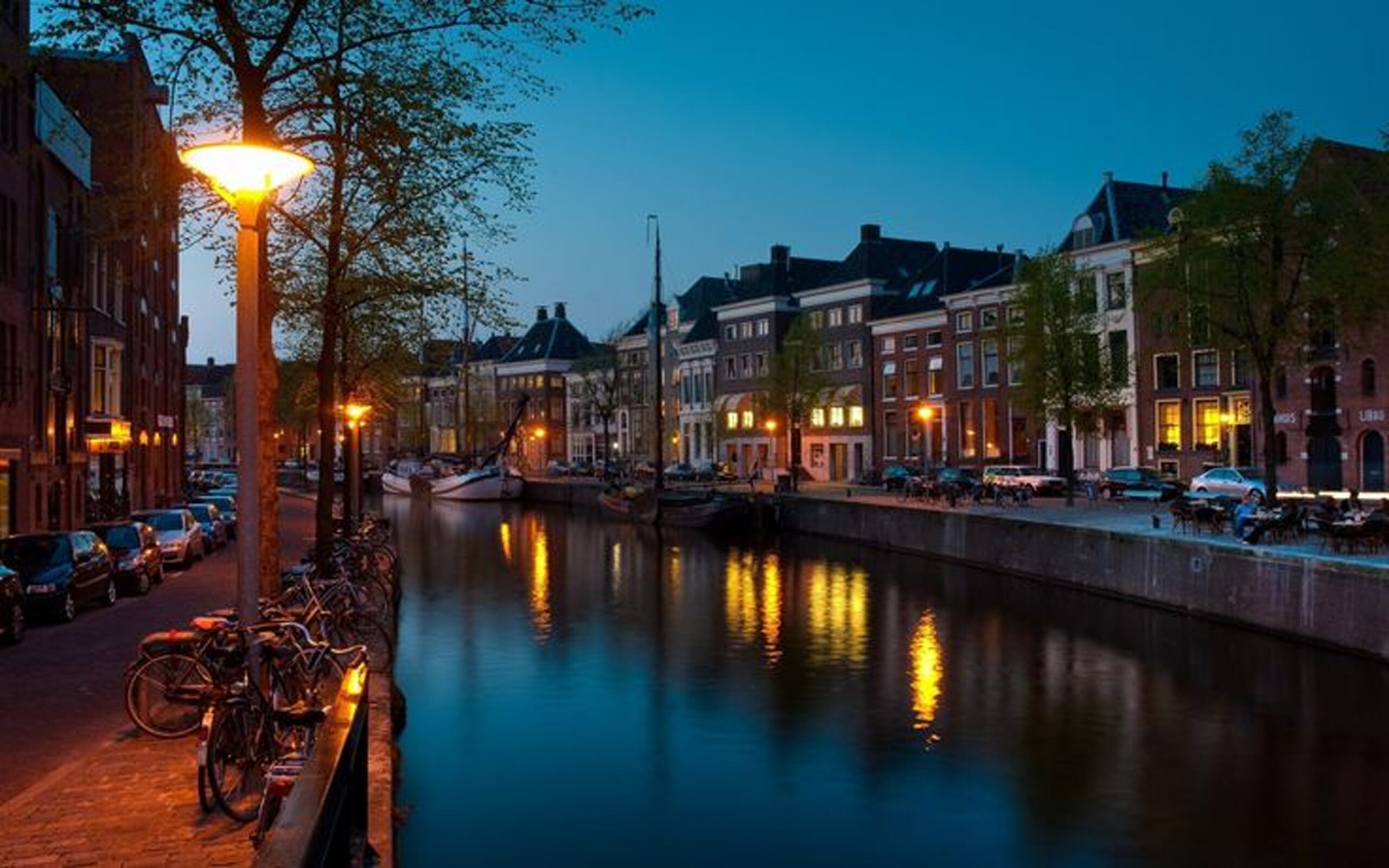In the northeastern Netherlands lies a unique village that visitors often wonder if they’ve stepped into a fairy tale. Giethoorn, usually called the “Venice of the North,” stands apart from ordinary destinations for one remarkable reason: there are no roads. Instead, a network of picturesque canals serves as the main transportation system, with boats replacing cars as the standard way to get around.
A Village Frozen in Time
Hidden within Overijssel province, Giethoorn offers a refreshing break from our typically hurried urban environments. Founded in the 13th century by refugees and peat workers, the village’s distinctive network of waterways wasn’t planned but emerged naturally. As locals harvested peat over hundreds of years, they inadvertently created the lakes and canals that give Giethoorn its unique character today.
Approximately 2,600 residents call this waterlogged wonderland home. They navigate their daily lives using traditional wooden boats called “punters” or modern, quieter electric vessels. The absence of vehicular noise creates an atmosphere of tranquility that few inhabited places can match.
Navigation in a Roadless Community
How does a community function without roads? The answer lies in Giethoorn’s intelligent design and adaptation:
- Over 180 wooden footbridges connect the islands of land
- A main canal stretches 4 miles (6.4 km) through the village
- Residents use small boats for everything from grocery shopping to social visits
- Mail delivery and other essential services operate by boat
- A peripheral parking area allows visitors to leave their vehicles before entering
The canal system spans approximately 7.5 kilometers (4.7 miles) in total, creating a comprehensive network that serves the village effectively. Water depth averages about 1 meter (3.3 feet), making navigation manageable while maintaining the charm that attracts visitors.
Architecture and Scenery

Studio Schicketanz’s holiday home at Pfeiffer Ridge, in Big Sur. Devastated by a wildfire, the area is being given a new lease of life through the planting of native shrubs from genera like Arctostaphylos, Baccharis, Garrya, Heteromeles and Larrea. (ph. Claire Takacs Photography)
The village features architecture that perfectly fits its watery setting. Thatched-roof farmhouses dating back to the 18th and 19th centuries line the waterways, many built on small private islands. Vibrant gardens filled with colorful flowers brighten the scenery during warmer months.
Statistics show that Giethoorn receives approximately 800,000 visitors annually, with tourism increasing by nearly 40% over the past decade. The unique combination of boat-only transport and well-preserved historical buildings makes this an irresistible spot for photographers and people looking to escape busy city life.
Seasonal Transformations
Giethoorn reveals different personalities throughout the year:
Summer Splendor
During summer months, the village bustles with activity. Tourists glide along the canals in rented boats while restaurants extend their seating onto docks and patios. Water temperatures reach a pleasant 20°C (68°F), ideal for those who wish to swim in designated areas.
Winter Wonderland
Winter transforms Giethoorn into an equally magical but distinctly different experience. When temperatures drop below freezing for extended periods, the canals solidify into natural ice skating pathways. Residents and visitors alike don skates to navigate the village, creating a scene reminiscent of classical Dutch paintings.
According to climate data, the canals freeze sufficiently for skating approximately once every three years, making this winter experience particularly special when conditions allow.
Green Living Without Roads

The absence of roads and cars contributes greatly to the clean environment. Research shows that Giethoorn’s carbon emissions per person are approximately 35% lower than similar rural communities with regular roads. Water quality tests consistently show very little pollution, allowing many types of water plants and animals to thrive.
The community has embraced green practices, with over 60% of homes using solar panels and other earth-friendly technologies. This dedication to protecting nature helps maintain the stunning beauty that makes this village so special.
Experiencing Giethoorn as a Visitor

For those wishing to experience this roadless wonder:
- Guided boat tours provide historical background and local secrets
- Self-piloted boat rentals let visitors explore freely at their own pace
- Places to stay include canal-side bed and breakfasts and floating hotels
- Local museums show the history of peat harvesting and rural Dutch life
- Restaurants serve traditional Dutch food made with local ingredients
Travelers should know that the village sees most tourists from April through September, with July and August having the busiest waterways. Planning a trip during May, June, or September can offer a more genuine, less crowded visit.
Preserving a Unique Way of Life
As global interest in Giethoorn grows, community leaders work diligently to balance tourism with preservation of local culture. Regulations limit boat speeds to 6 km/h (3.7 mph) and restrict certain watercraft types to maintain the peaceful atmosphere.
The village stands as living proof that communities can thrive without conventional transportation infrastructure, offering valuable lessons in alternative urban planning and sustainable living.
Have you ever visited a place where cars and roads don’t exist? Would the peaceful quiet of a boat-only village appeal to your travel wishlist? Share your thoughts about Giethoorn or similar unique places you’ve visited in the comments below. Don’t forget to check out our other articles about unusual villages and travel spots that break the mold of everyday life.





